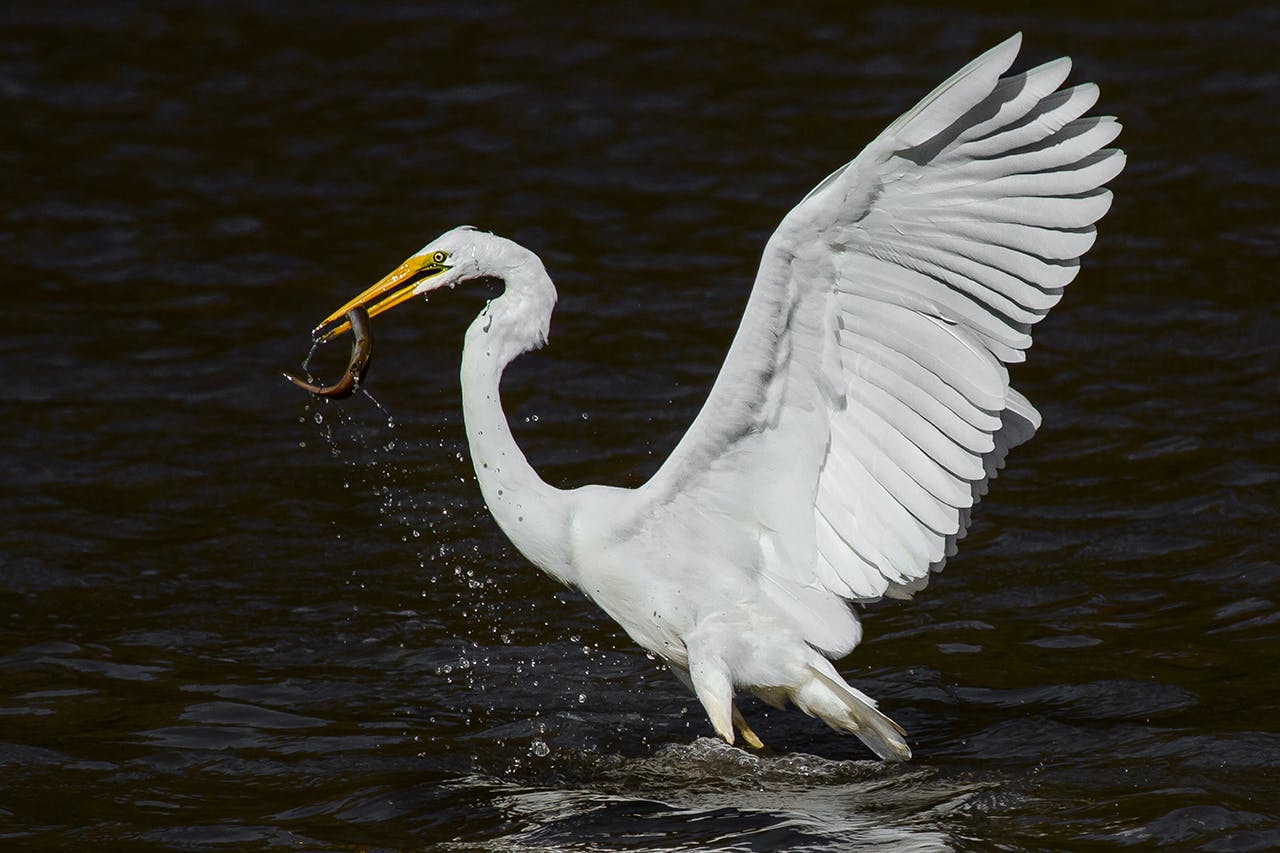The endangered white heron is rarely seen except by those who seek it out
We are very lucky to still have the white heron (kōtuku) here in New Zealand.
After the only breeding site at Waitangiroto (near Whataroa, Westland) was discovered in 1865, the species was almost exterminated to satisfy the demand for its beautiful ornamental feathers – used by Maori to adorn the heads of chiefs and by Europeans in women’s hats. At one stage in 1944, there were only four nests recorded.
Conservation measures since have seen the population increase to its current 200 with around 30 breeding pairs.
An iconic ‘Kiwi’ bird, it is rarely seen except by those who specifically seek it out.
The bird is the largest, longest-necked of the egret species in New Zealand. Standing up to a metre high, its plumage is a stunning all-white. It has a long yellow bill and long dark legs. When breeding, the bill becomes grey-black and long filamentous plumes develop, mainly on the back.
After the breeding season, which runs from September to October (coinciding with the annual whitebait run), birds will disperse far and wide throughout the country. They will most often be seen in harbours and estuaries but will also visit freshwater wetlands, including high country lakes. Individuals will return to the same location year after year.
Apart from these random sightings of individuals outside the breeding season, the only way to see these wonderful birds up close is to take a trip with White Heron Sanctuary Tour.
– Matt Winter is a Marlborough-based nature photographer








